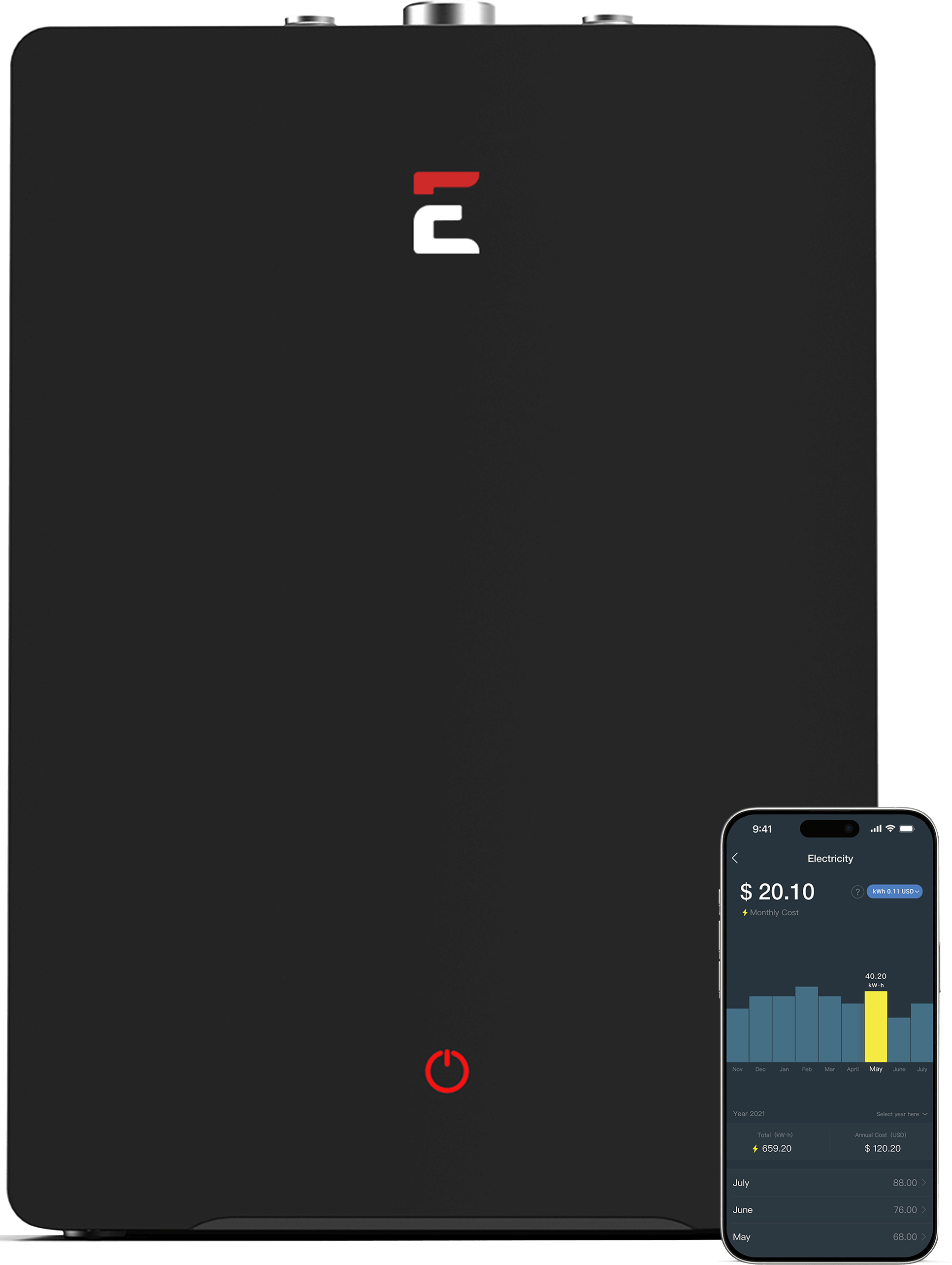How to Winterize Your Tankless Water Heater
How to Winterize Your Tankless Water Heater
If you have a tankless water heater that is not used for a longer period of time, and the place where you live is subjected to the freezing temperatures, it is very important to protect the unit during this cold winter time. Use the step-by-step guide below to learn how to winterize your tankless water heater and avoid failure of the unit.
Many new tankless water heaters with the advanced technology and features like protection against freezing cold can be found today from the main manufacturers, like Eccotemp Systems, Rheem, AO Smith, Rinnai, Paloma... and during the winter time they can protect the system from freezing down to -30 F or even lower. But, don't rely on such a great feature.
Why?
These units are using an electric power as a protection system, so if there is a power outage, guess what... your tankless unit will fail.
This is why you should learn how to winterize tankless water heater during the cold days.
Note: Almost every manufacturer of tankless heaters specifies that the heater must not be installed in the area where the temperature can reach 36 F or lower. If precautions are not taken, like draining, the damage to the tankless unit and its components will not be covered under the warranty. Adding the anti-freeze solution is also not recommended as it can cause the damage to the heater's components.
This is especially important if the tankless water heater is installed in places like cabins, garages, and if you are absent for a long time.
Step-by-step guide about winterizing
One of the main steps in how to winterize the unattended tankless heater is to drain and unplug the unit. If there is no water in the heater's pipes and especially in the heat exchanger, the unit will not be damaged due to the freezing conditions.
So, how to prepare the heater for winter?
- First you have to turn the electrical power and gas supply off. Turn the gas off by using the main valve on the gas supply line, and for the electricity unplug the power supply cord. If the unit has the display at the front of the unit, it should be black.
- If your tankless heater was working, you still have some hot water inside the unit. Wait for a while until it cools down.
- Shut off the water supply on the main shut-off valve.
- Open the taps so the system can drain and release the pressure from the plumbing system.
- Disconnect incoming and outgoing water pipes from the tankless heater.
- Remove the inlet water filter.
- Use the bucket to collect the residual water. Make sure that it fully drains from the system.
Now the water heater doesn't contain any water and it is fully winterized. Some manufacturers recommend using the air compressor, blow short bursts of air through the inlet connection to make sure there is no water left inside the heater.
Credit to: Hot-water-heaters-reviews.com
 Weekly Deals
Weekly Deals
 Water Heaters
Water Heaters
 Accessories
Accessories
 Installation
Installation
 Parts
Parts
 Protection Plans
Protection Plans
















